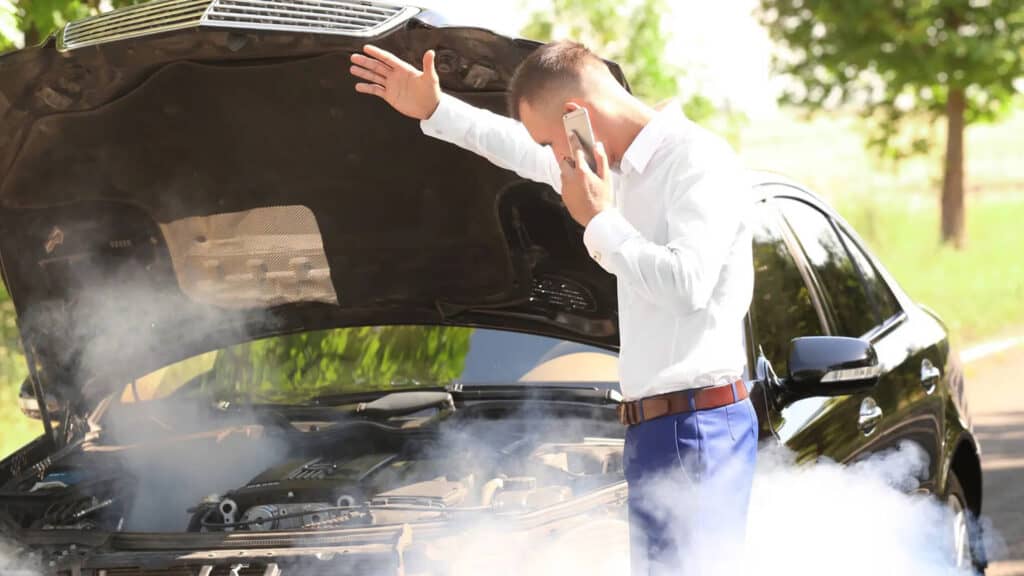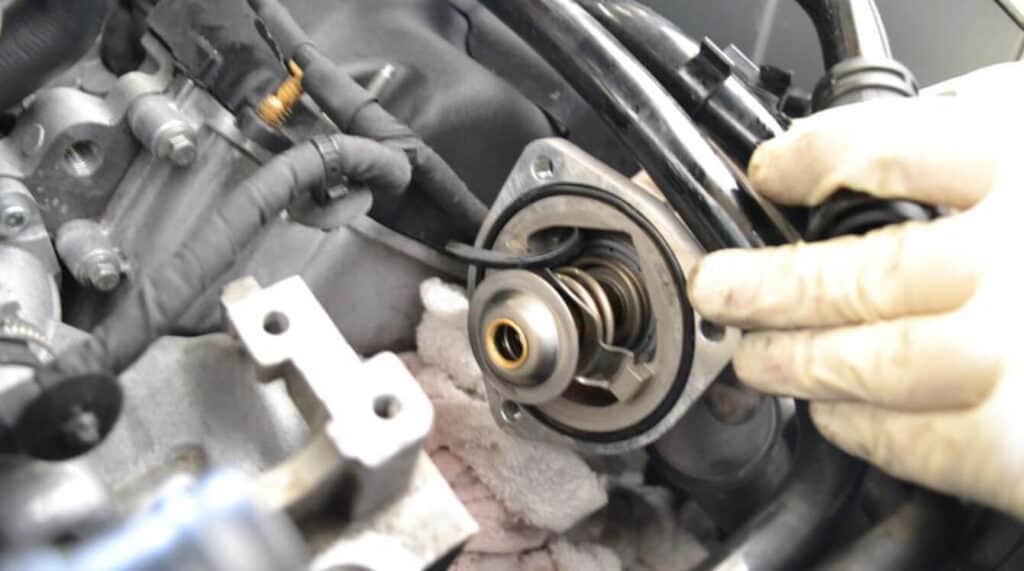Introduction: The Unsung Hero in Your Engine
Ever wondered about the unsung heroes of your vehicle’s performance? The thermostat might not be the first component that comes to mind, but it plays a significant role in maintaining the engine’s optimum operating temperature. This tiny device acts as a gatekeeper, controlling the flow of coolant to the engine based on temperature. But what happens when the thermostat fails? The consequences can be severe, leading to engine overheating and potentially catastrophic damage. In this article, we’ll explore the thermostat’s function, its connection to engine overheating, how to prevent malfunctions, and the importance of regular maintenance.

What is a Car Thermostat and How Does It Work?
The car thermostat is a small yet mighty device. It’s a valve located between the engine and the radiator, responsible for regulating the engine’s temperature. As the engine starts and its temperature begins to rise, the thermostat remains closed. This containment allows the engine to heat up quickly and efficiently, reaching its optimal operating temperature.
When this ideal temperature range, typically between 195 to 220 degrees Fahrenheit, is achieved, the thermostat opens. This opening permits coolant from the radiator to flow through the engine. The coolant absorbs the engine’s heat, reducing its temperature to prevent overheating. Once the engine cools down to below the optimal temperature, the thermostat closes again, restarting the cycle. This regulation of coolant flow allows the engine to operate within its ideal temperature range, enhancing performance and fuel efficiency.
The Connection Between the Thermostat and Engine Overheating
The thermostat is a key player in preventing engine overheating. A well-functioning thermostat ensures that your engine runs within its ideal temperature range, providing the necessary balance between engine heat and coolant. But what if the thermostat malfunctions?
If the thermostat gets stuck in the closed position, it prevents the coolant from reaching the engine. Without this coolant flow, the engine’s temperature begins to rise uncontrollably, leading to overheating. Overheating can cause significant engine damage, including warped cylinder heads, blown head gaskets, and cracked or seized engines.
Conversely, if the thermostat gets stuck in the open position, it allows continuous coolant flow, regardless of the engine temperature. This constant cooling can cause the engine to run below its optimal temperature, leading to poor fuel efficiency, increased emission, and in severe cases, engine damage.
Common Causes of Thermostat Malfunctions and How to Avoid Them
There are several causes of thermostat malfunctions. One of the most common is simple wear and tear. As with any other mechanical part, thermostats are not immune to the ravages of time and use. After many cycles of opening and closing, the thermostat may eventually fail to function correctly.
Corrosion is another common culprit. Coolant contains anti-corrosive additives, but over time, these additives break down, causing the coolant to become acidic. If you neglect to replace your coolant regularly, it can corrode the thermostat and other components of the cooling system.
To avoid these problems, regular maintenance is crucial. Regular coolant changes and thermostat checks can help prevent thermostat failure. It’s also a good idea to replace the thermostat during major cooling system services, such as when replacing the radiator or water pump. While these components are being serviced or replaced, the thermostat is easily accessible, making replacement quick and cost-effective.
How to Test Your Thermostat to Ensure It’s Functioning Properly
Testing your thermostat’s operation is a relatively straightforward task. A simple way is to touch the upper radiator hose (with caution to avoid burns) when the engine is cold. As you start the engine and let it run, the hose should begin to heat up once the engine reaches its optimal operating temperature. This heat indicates that the thermostat has opened and allowed hot coolant to flow into the radiator.
If the hose doesn’t heat up, or if your engine overheats quickly after starting, your thermostat might be stuck in the closed position. Conversely, if your vehicle takes a long time to warm up, or the heater doesn’t warm up, the thermostat might be stuck open. In either case, consult a professional mechanic for a definitive diagnosis and replacement if necessary.

Importance of Regular Maintenance to Keep Your Thermostat in Good Condition
Regular maintenance is vital to keep your thermostat – and by extension, your engine – in good condition. This includes regular coolant changes and thermostat checks during routine maintenance. A well-maintained thermostat not only prevents engine overheating but also contributes to your vehicle’s overall performance and fuel efficiency. Plus, it can help you avoid costly repairs and untimely breakdowns.
Conclusion: Thermostat Health, a Key to Engine Longevity
The humble thermostat, often overlooked, plays a pivotal role in maintaining your engine’s health. Its efficient operation can mean the difference between smooth, fuel-efficient performance and a costly, stressful breakdown. Regular inspection, maintenance, and timely replacement of the thermostat can save you from significant repair costs down the line. Remember, a small investment in preventive care today can prevent major expenses tomorrow. So, take care of your thermostat, and it will take care of your engine. Happy driving!
